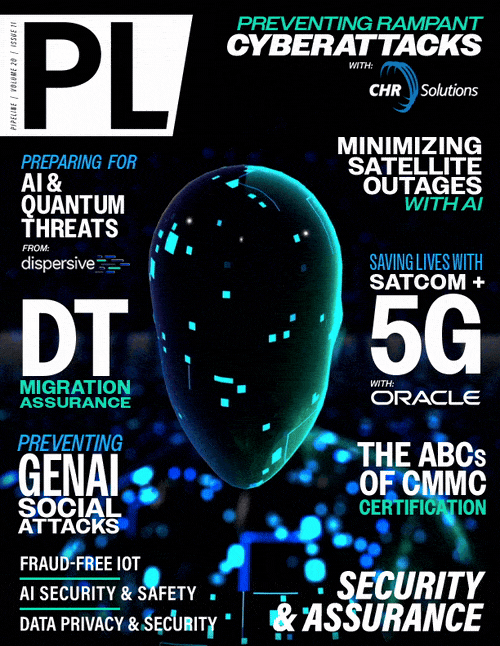Cyber Attacks are Rampant: Here’s
What ISPs Can Do to Stop Them
Measures to Protect Against Cyberattacks
To mitigate these threats, ISPs must implement a multi-faceted cybersecurity strategy that includes the following measures:
Multi-factor Authentication (MFA): MFA adds an extra layer of security by requiring users to verify their identity through multiple methods before accessing the network. This makes it
significantly harder for attackers to gain unauthorized access, even when they have obtained login credentials.![]()
Endpoint Detection and Response (EDR): Advanced EDR tools use artificial intelligence to monitor and analyze network activity, identifying suspicious behavior and potential threats in real-time. Unlike traditional antivirus software, EDR solutions can detect and respond to emerging threats by recognizing patterns that deviate from normal operations.
Security Operations Center (SOC): A SOC provides continuous monitoring of network activities, looking for signs of unauthorized access or suspicious behavior. It's essential to monitor the creation of high-level user accounts by having a security team monitor it at all times. This allows for immediate response to potential threats, minimizing the impact of any breach or shutting down the access before their planned day and time of attack. Having a U.S.-based SOC can be advantageous due to specific regulatory requirements and the need for localized response capabilities.
Regular Employee Training: Continuous education and training for employees are crucial in preventing cyberattacks. Employees should be trained to recognize phishing attempts, understand the importance of cybersecurity protocols, and know how to respond in case of a suspected breach. Given that human error is a leading cause of breaches, this training becomes even more critical. Regularly conducting phishing simulations can help identify vulnerabilities and ensure that employees remain vigilant. These simulations mimic real-world phishing attempts, allowing organizations to assess their readiness and improve their defenses.
Incident Response Plan: ISPs must have a comprehensive incident response plan in place. This plan should outline the steps to be taken in the event of a cyberattack, including immediate shutdown procedures, communication strategies, and recovery protocols. Having a third-party expert assist in developing and implementing this plan is invaluable. CHR Solutions emphasizes the importance of disaster recovery planning to ensure quick restoration of operations and minimize downtime in the event of a cyberattack. Additionally, having action and communication plans for "suspected" incidents or suspicious activity is crucial. While having a comprehensive response plan for a full-scale attack is important, preventing such a scenario requires early detection. ISPs must be able to identify warning signs and have escalation and containment protocols in place to address these issues before they evolve into a full-blown attacks.
Advanced Network Security Tools: Utilizing cutting-edge security tools that leverage AI and machine learning can help detect and prevent sophisticated attacks. These tools analyze network traffic, detect anomalies, and respond to potential threats before they can cause significant damage. Comprehensive security assessments, as recommended by CHR Solutions, help identify vulnerabilities and ensure that security measures are up-to-date and effective. The key is that this isn’t a onetime exercise. Bad actors are constantly evaluating and probing for weaknesses, so ISPs need to have a proactive partner doing the same — playing offense to defend their networks.
Secure Access Controls: Implementing strict access controls ensures that only authorized personnel can access sensitive parts of the network. This includes using role-based access controls, regularly updating access permissions, and auditing access logs to detect any unauthorized attempts. Network segmentation, another key recommendation from CHR Solutions, limits the spread of an attack and protects critical assets.
The Importance of Resilience
In an era of rampant cyberattacks, ISPs must prioritize cybersecurity to protect their networks and customer data. Implementing robust security measures, educating employees, and having a solid incident response plan are essential. Lax cybersecurity is a major issue, especially for regional telcos and ISPs with limited resources. Waiting to act is not an option; it will be costly and overburden IT staff, at a minimum. ISPs cannot underestimate the destruction that could be done to their business when a cyberattack hits. Strengthening IT teams or partnering with cybersecurity experts is crucial. The warning light is flashing for local telcos and ISPs. The time to act is now.


















